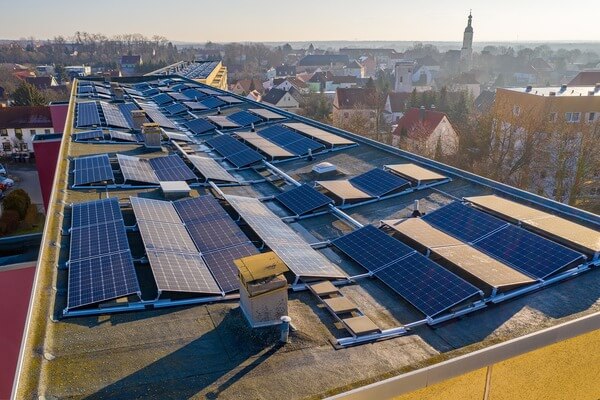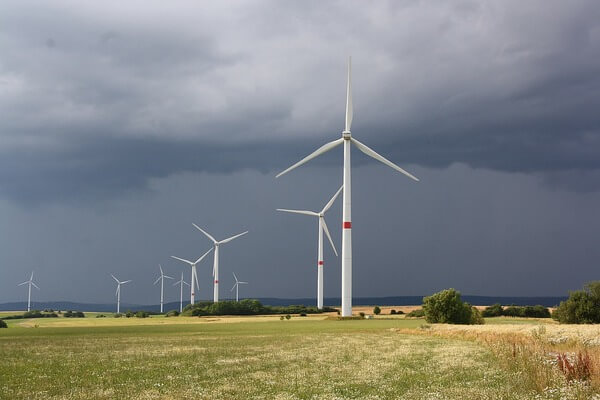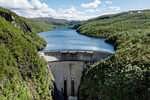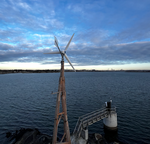News Release from windfair.net
Wind Industry Profile of
United against Putin
In addition to all the suffering that Russia's war against Ukraine has brought to the world, the conflict has spurred a development in the energy industry that has done more than many policies of the past 20 years: in just one year, Europe has largely freed itself from dependence on Russian fossil fuels and given the energy transition a boost that industry representatives have been waiting for a long time.
Before the Russia-Ukraine war, 40 percent of natural gas and 27 percent of oil imports to Europe came from Russia, according to Vox. There were few alternatives, thus a global energy crisis erupted after the war had begun. Following sanctions on Russian oil and gas, instability led to price shocks, fuel shortages and a brief spike in coal consumption this winter. Just a year ago, European nations were spending about $1 billion on Russian gas, oil and coal - dayly!
Today, not much of that remains. European money that helped fund Russia's war machine has dropped to a minimum, new figures from BloombergNEF show. Instead, renewables have taken off. Solar installations in Europe reached a record 40 gigawatts last year, up 35 percent from 2021, a pace even EU analysts did not foresee, as European Commission President Ursula von der Leyen said in a recent speech. "Russia blackmailed us by threatening to cut energy supplies. But we have completely freed ourselves from our dependence on Russian fossil fuels. That happened much faster than we expected."

More and more rooftops in the EU are being fitted with solar panels (Image: Pixabay)
Analysts at BNEF expect further increases in installations in the coming months, as the acceleration began even before the EU's new solar incentives, which " probably haven't really kicked in yet," as Jenny Chase, analyst at BNEF, explains. "Everything in solar has just happened because of consumer demand." Battery storage in Europe has also grown by a record 79 percent in the past year, especially in the residential sector, which grew by as much as 95 percent.
Only wind energy has lagged so far, mainly due to regulatory problems. Too little land and slow approval processes have hampered the industry since before the war. Now these problems have finally been addressed across the EU, so wind energy is expected to make a corresponding push this year if the electricity market design is adjusted accordingly, as WindEuropes CEO Giles Dickson points out, "The EU needs to set up the mechanisms and get the money moving asap. Clean energy industries are debating now where they should invest and need clear signals now if it’s going to be Europe."

Wind turbine manufacturers' pipelines are full, even if the balance sheet for last year was mostly negative. But that is likely to change in the coming months. (Image: Pixabay)
Otherwise, the money will end up elsewhere, most likely in the U.S., where the Inflation Reduction Act has also made an unprecedented push toward the energy transition. The incentive program has put the U.S., which had little to do with climate action under President Trump, back on the world map as a player. The EU and the U.S. would do well to ensure that the next arms race does not emerge when it comes to green technologies.
But one thing seems clear: there will be no return to fossil fuels. Matthias Kimmel, team leader for energy economics at BNEF, hints at the widening gap: "The energy transition in the power sector is well under way, and our modeling shows global emissions in the power sector peak around 2023. Despite the recent inflationary pressures, renewables remain competitive and the gap between renewables and fossil fuels continues to widen. We’re on the right track, but there is still much more work needed to push for solutions we already know make economic sense."
- Author:
- Katrin Radtke
- Email:
- press@windfair.net
- Keywords:
- Europe, Russia, Ukraine, USA, energy transition, war, energy crisis, security, fossil fuels, green, technology






















